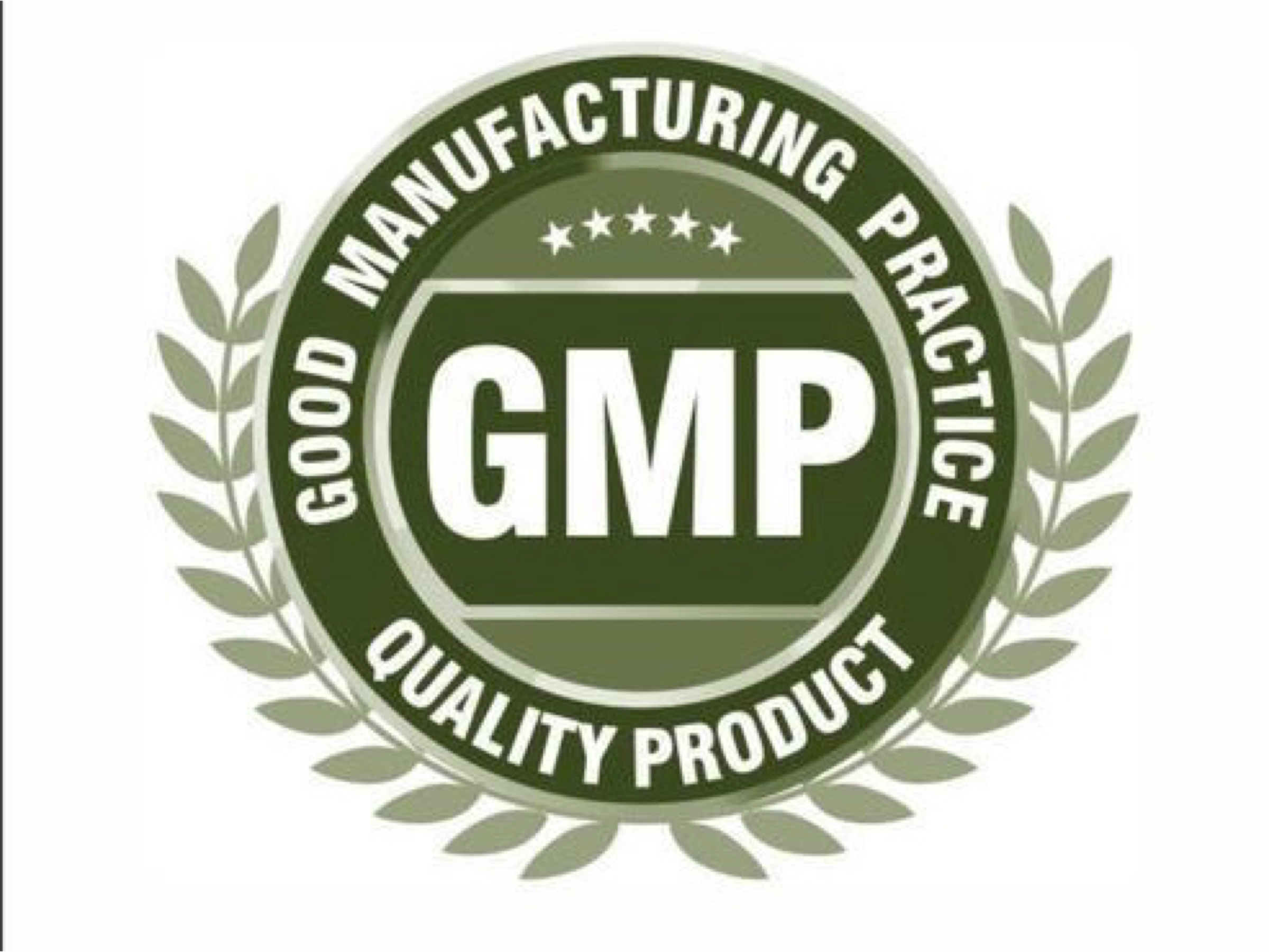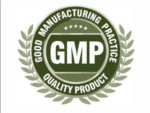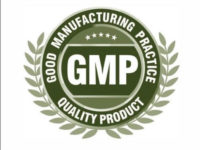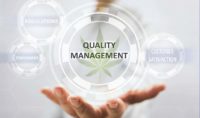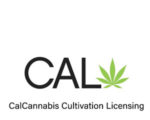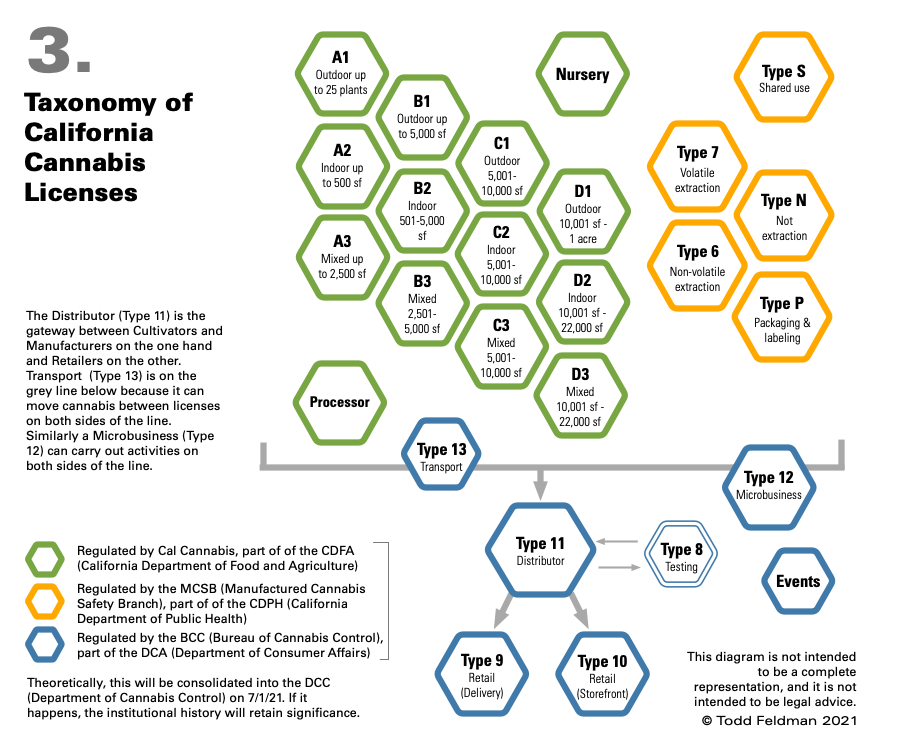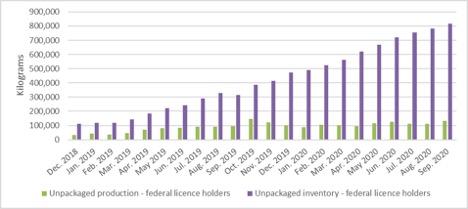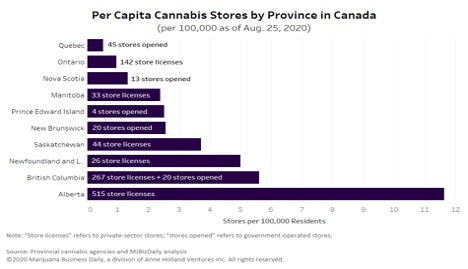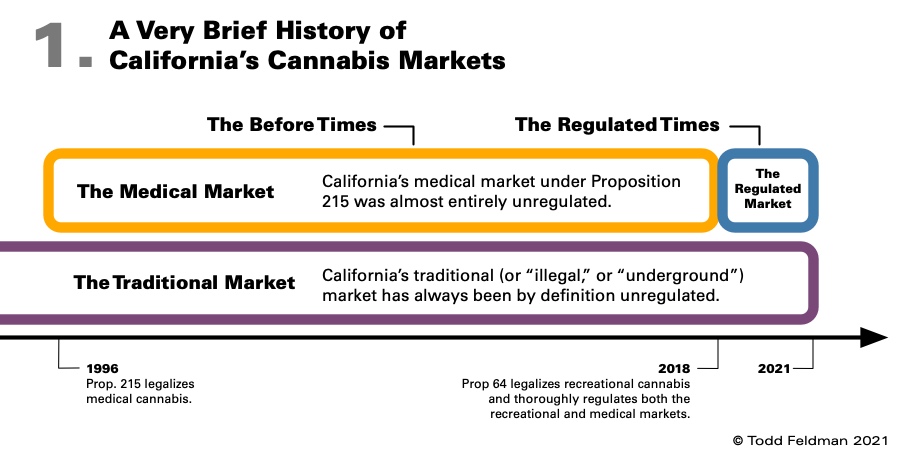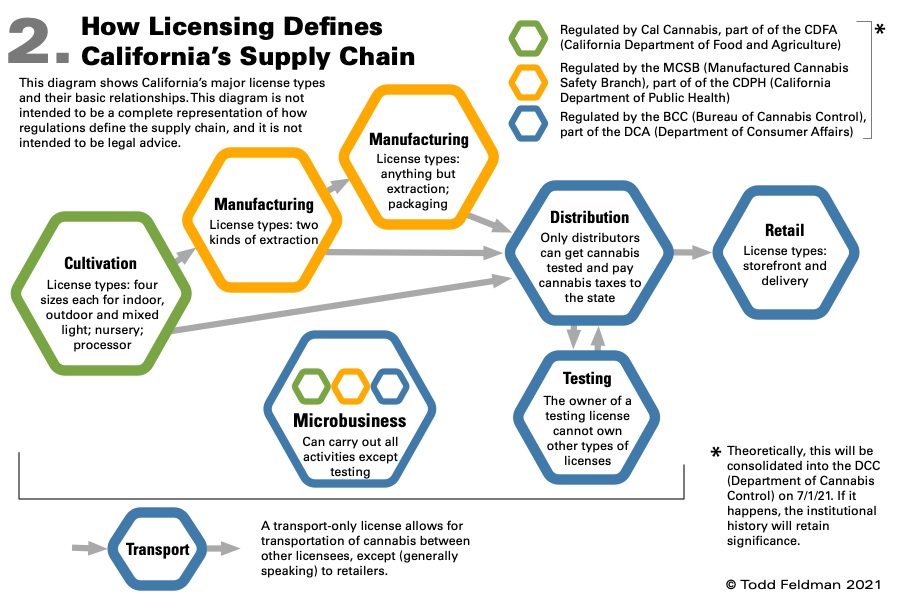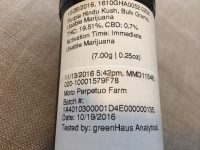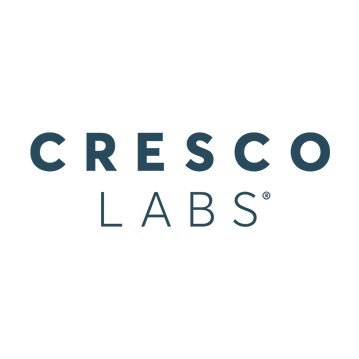As retailers accept the end of in-store shopping as we know it and start adjusting to e-commerce, an improved and more involved customer experience will be imperative for an e-retailer to grow, let alone stay afloat.
Jane recently announced a strategic partnership that combines Jane’s best-in-class product catalog and business tools with Leafly’s consumer marketplace and reach. Together, the companies will build solutions that empower cannabis retailers with fast and simple online shopping experiences that increase consumer purchase behavior. The partnership will seek to help instill consumer trust in the online shopping experience, build stronger customer acquisition tools for retailers, and help dispensaries grow their ecommerce capabilities with consistency and automation.
This strategic partnership comes after a massive year of growth for both Jane and Leafly. In the past year, Jane powered over 17 million orders and $2 billion in cannabis sales, while Leafly has seen more than 4,500 cannabis retailers in North America leverage their platform to bring new customers through the door.

We spoke with Socrates Rosenfeld, CEO of Jane to learn more about e-commerce and online marketplaces and how Jane and Leafly came together as partners, rather than competitors. Prior to Jane, Socrates was an Apache helicopter pilot for the US Army later transitioning to consulting with McKinsey.
Aaron Green: Socrates, thanks for taking the time today. What trends are you seeing and following in the industry?
Socrates Rosenfeld: Always happy to chat about the industry. Thanks for having me.
If you were to ask me that question a year ago, I’d say having a digital footprint was something that would give a dispensary or a brand a nice advantage. Today, it’s a must-have for survival. Where it used to be one or the other; online or offline, now we are able to merge the two by replicating a physical store into a digitized form to extend its reach far beyond its walls.
As things become more digitized, information becomes more necessary to run operations. With that we are able to meet the expectations of the consumers who are accustomed to convenience and curation. The omnichannel experience provides the best of both worlds. Access and ease of search with the ability to pick up or have the product delivered the same day from a locally owned and run business.
 Reviews are one of the most important aspects of this unification of online and offline. It is something that is lost in solely offline purchases, that we’re now able to collect and organize. This product information allows us to provide customers the purchasing power to make a well-informed decision.
Reviews are one of the most important aspects of this unification of online and offline. It is something that is lost in solely offline purchases, that we’re now able to collect and organize. This product information allows us to provide customers the purchasing power to make a well-informed decision.
At Jane, we believe it is possible to create wins for the dispensaries, brands and customers – and digitization creates the opportunity for that to happen. I think there’s no better incubator in the world than the cannabis industry to prove that online and offline retail can work in harmony.
Aaron: Jane is the largest e-commerce platform in North American cannabis and Leafly is the largest marketplace in North American cannabis. What’s the difference between an e-commerce platform and a marketplace?
Socrates: Great question. There is definitely some overlap between the two, which is why it makes so much sense for us to collaborate. Ultimately though, our focus and expertise are different. Jane’s ecommerce platform serves as the industry’s digital infrastructure that pushes digital products across various order origination points like a dispensary’s own website, a brand’s own website and now, Leafly’s marketplace. Paired with Leafly’s industry-leading content and market information, together we can complete the entire online cannabis shopping experience – from product discovery through order fulfillment.
 Aaron: At first glance, one might think that Jane and Leafly are competitors. How did you see it differently? And how did this partnership come about?
Aaron: At first glance, one might think that Jane and Leafly are competitors. How did you see it differently? And how did this partnership come about?
Socrates: Not only is our tech complementary, but we are aligned on mission – to empower consumers, dispensaries and brands with the integrity of the plant in mind.
We want to make it simple for consumers to reach the products that will be most helpful for them. We want to make it possible for dispensaries and brands, regardless of their size, to be able to compete on an even playing field.
It all comes back to being good stewards of the industry. Education and access create a healthy demand for a diverse range of products. That means that the plant stays in the hands of many – safeguarding it from homogenization.
Aaron: How do consumers benefit from the partnership?
Socrates: It really is all about bringing this industry in line with any other retail vertical and meeting the customer where they are. It unlocks more avenues for customers to discover products and access a vast catalog of information and verified customer reviews. Bottom line, this partnership makes shopping for cannabis as simple as shopping online for everything else in the world, while also ensuring the success of the sellers.
Aaron: When you say the sellers, are you talking about the dispensary or the brands?
Socrates: Both, we want to provide value for the entire ecosystem. We can do that directly for dispensaries and brands by enabling an automated ecommerce platform that they can use to power their own website. At Jane, we know that technology can unlock value for everyone, where it is not a zero-sum game and success for one means success for the other. With Jane, both the dispensaries and the brands win.
Aaron: What kind of regulatory challenges do you face through the partnership?
Socrates: There are no real regulatory challenges for the partnership itself. The entire industry operates under regulatory challenges, but it is those regulations that have been the catalyst for innovation. I see the opportunity for legal online payments and national product distribution to play a large role in shaping the industry soon, and a partnership like this will ensure a seamless transition for the industry as things continue to evolve.
Aaron: Final question. What are you personally interested in learning more about?
Socrates: I’ve always been curious about disruptive models. The companies, not just in tech, but any company that has set out to do things differently and has been able to hold true to a vision. That’s what interests me, and I think I will always have something to learn and draw inspiration from.
Aaron: Excellent, that’s the end of the interview, Socrates!
Socrates: Thanks, Aaron.



